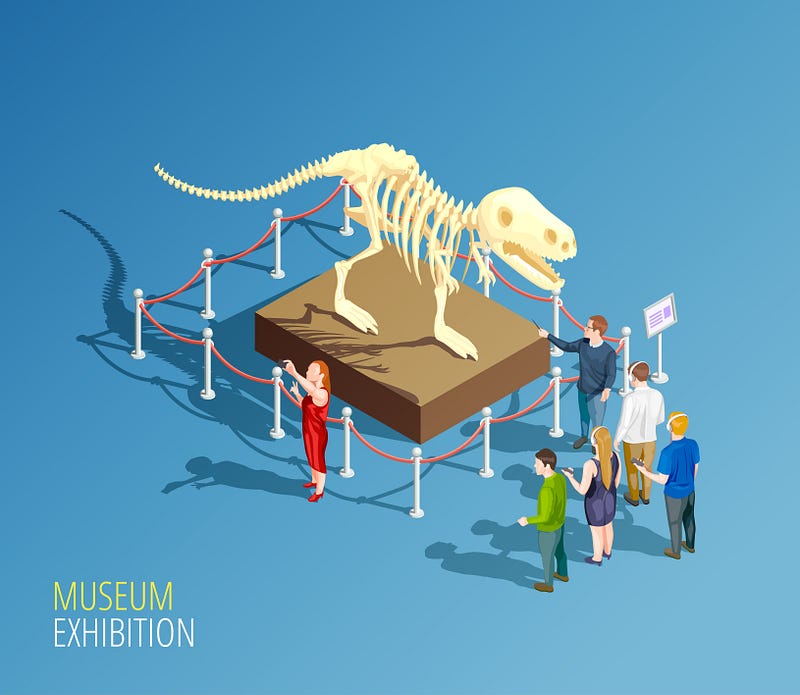Restoring Museum Relics with 3D Printing

Introduction:
In recent years, the field of 3D printing has revolutionized various industries, and one area where it has made significant advancements is in the restoration of museum relics. With the advent of advanced technologies like PrintPerfecto3D and the availability of 3D printing services in India, museums now have a powerful tool at their disposal to preserve and restore historical artifacts. In this blog, we will explore how 3D printing is transforming the restoration process and its implications for museums in Madurai and Tamil Nadu.
The Rise of 3D Printing Services in Madurai
The city of Madurai has witnessed a growing demand for 3D printing services in recent years. Local businesses like PrintPerfecto3D have emerged as key players in this domain, offering high-quality 3D printers and design services. These advancements have not only made it easier for museums to access this technology but also opened up new possibilities for restoring museum relics that were previously deemed impossible.
Advantages of 3D Printing in Restoration
One of the major advantages of utilizing 3D printing technology for restoration purposes is its ability to recreate intricate details with precision. Traditional methods often involve manual labor that can be time-consuming and prone to human error. With 3D printers, museum curators can create accurate replicas or missing parts effortlessly, ensuring that the artifacts are restored to their original glory.
Furthermore, by using digital scans or photographs as references, these printers can reproduce delicate textures, colors, and finishes that may have faded over time. This level of accuracy allows visitors to experience historical artifacts as they were originally intended.
Applications Across Museums in Tamil Nadu
The impact of 3D printing on museum relic restoration extends beyond just Madurai; it has permeated throughout Tamil Nadu’s cultural landscape. Museums in cities like Chennai, Coimbatore, and Trichy have also embraced this technology to preserve their valuable collections. By collaborating with 3D printing services in India, these museums can now restore and display artifacts that were once considered too fragile or damaged.
Conclusion:
The integration of 3D printing technology into the restoration process has opened up new possibilities for museums across Madurai and Tamil Nadu. With the help of PrintPerfecto3D and other local 3D printing services, museum curators can now breathe new life into ancient relics, ensuring their preservation for future generations. As this technology continues to evolve, we can expect even more remarkable advancements in the field of artifact restoration through 3D printing.
Comments
Post a Comment